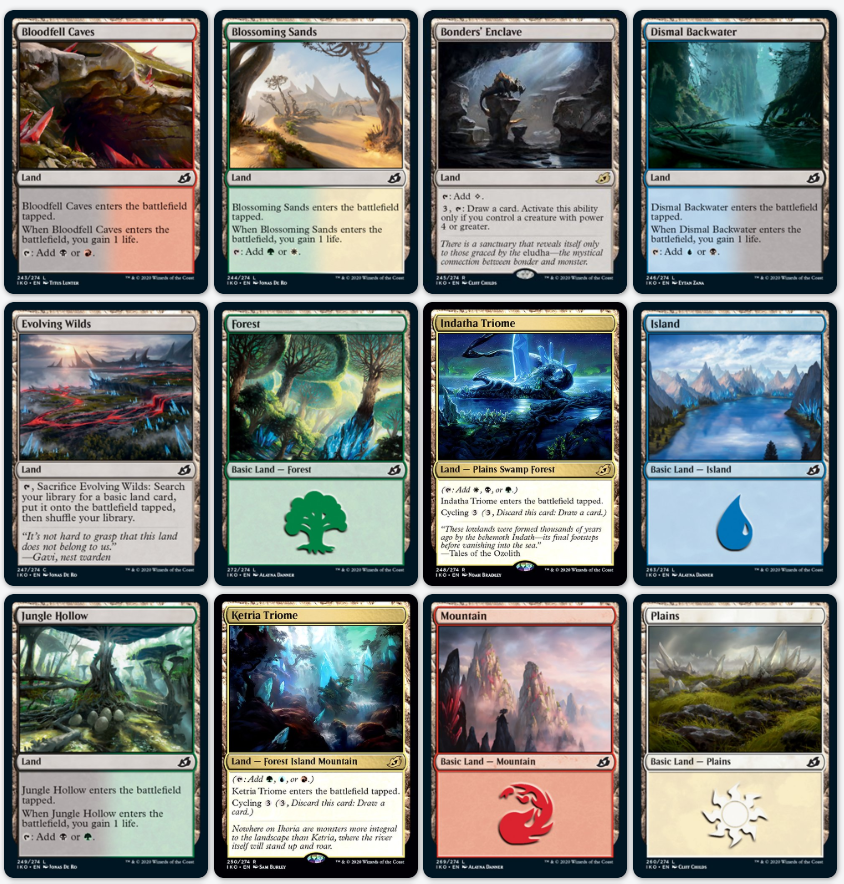Kristen shares her thoughts on losing the thread of Magic Story. As a big vorthos fan, she’s feeling a little deflated at the unfulfilled potential.
I’ve spent the last few days playing through the opening hours of Assassin’s Creed: Odyssey. I’m a little late to the party, I know; but I’d heard good things, and wanted to try again after skipping over Assassin’s Creed: Origins. I’ve been having a really great time, and the world has really drawn me in. It got me thinking about why exactly I was enamored with this entry, especially when Origins completely lost me.
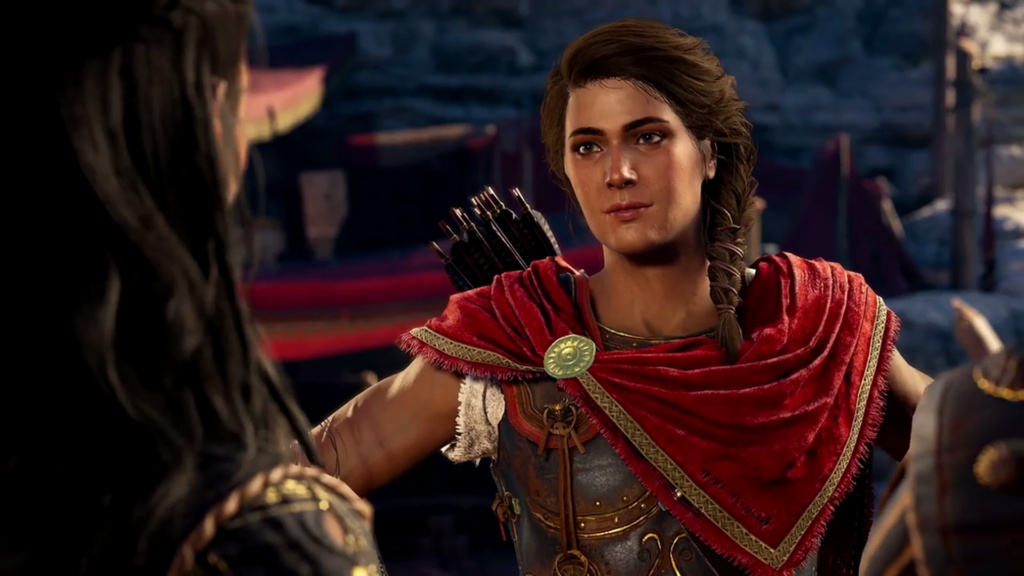
Odyssey
Our enjoyment of any type of media we consume is often contextual. Our ability to interpret and experience stories and worlds relies heavily on our own library of references, honed and built through countless adventures into the unknown. Despite having played through only the introduction, Odyssey has been an overwhelming hit with me, much like it has been with many critics. Personally, I can break down my appreciation into a few main angles (other than lockdown frustration, of course).
Primarily, the dialogue and storytelling is evocative of many of my favorite RPGs, like Mass Effect or The Witcher. I’ve played through most of the Assassin’s Creed titles as well. Though some of them were better than others, I have some appreciation for the better elements of the core gameplay, and the interesting if cliche mythos the series tries to build.
Beyond just videogames, there’s a strong cinematic library I’ve built up over time. Classics aside, in recent years Gal Gadot’s Diana in Wonder Woman, and historically, the unforgettable Lucy Lawless as Xena, Warrior Princess, are both evoked strongly in the heroine of the tale: Kassandra. I’m merely scratching the surface, of course—listing more would be spectacularly dull—but before we move on, there’s one other major contextual influence on my appreciation for Odyssey: revisiting Theros. Our latest visit to Theros was only in January, and amongst the other tropes and tales, Siona, Captain of the Pyleas stands out as being particularly evocative of the the setting of both AC: Odyssey and The Odyssey itself.
After briefly smiling at the realization that some of my drive to explore this world was due to my love of Theros, it didn’t take long for my thoughts to then wander to Ikoria. Why wasn’t I feeling it?
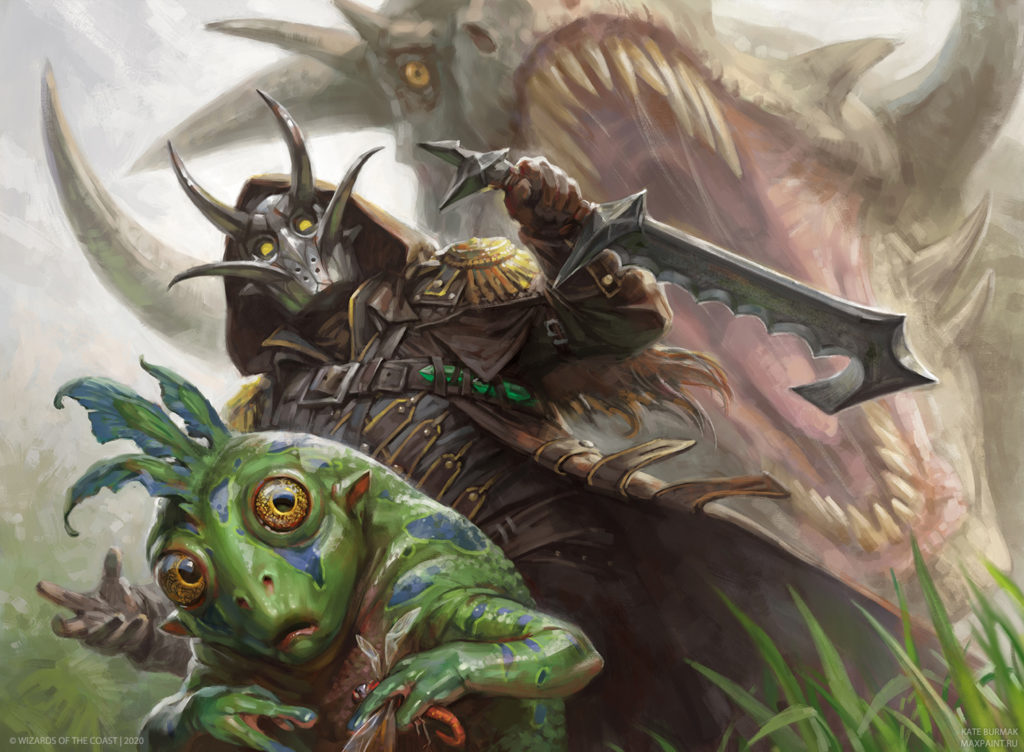
Easy Prey, by Kate Burmak sums up Ikoria in one image.
Ikoria
When Ikoria was first revealed, it was pushed as the set “with big monsters.” Nearly three weeks after its digital release on Arena, and countless drafts later, I’m still struggling to associate anything else with it but big monsters. There are a number of factors that have led to this more one dimensional landing, and it’s hard to say where’s best to start; like with the overall story of Magic, I’m a little lost.
Usually, when lost, it’s a good idea to take a lay of the land. Unlike Kassandra, we can’t simply take advantage of our Eagle ally to scout the islands of Greece. Instead, the best place to look is in the land cards themselves. Despite having three major colonies of note (Drannith, Lavabrink, and Skysail), we see none of the actual human culture in the art of the lands.
The lack of orientation that arises from the set’s lands being all in “the wild” is palpable. More than just the adrift malaise that the loss of landmarks and settlements like Legendary lands, or named lands (like Castle Ardenvale) brings, we’re left feeling like the rest of the plane meshes into two main locations: the Oasis of Drannith, and the Desert of everything beyond the walls. One of the things that turned me off Assassin’s Creed: Origins, I think, was the desert. It was huge, anxiety inducing, and far harder to navigate than the more simple delineations between ocean and islands in the current Mediterranean title. Beyond the obvious landmarks like the Great Pyramids, I felt pretty aimless. It’s a familiar feeling.
Lands have long been a place to share the culture and feel of a plane; more than once, we’ve been treated to micro-narratives that take place in them. Our revisit to Dominaria paid tribute to the history of the plane, with both basic lands and nonbasic lands containing references to the previous events.
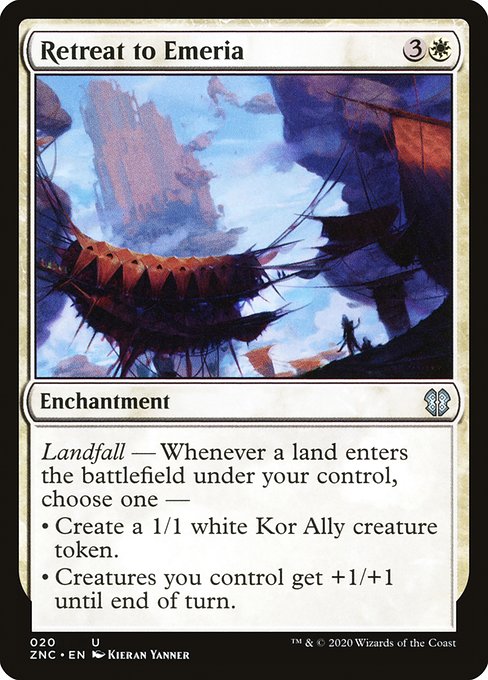
With a new set this is admittedly harder to do—but even on planes that have been laid to waste, with civilization clinging to the brink, we either see places like Sea Gate Wreckage or Desert of the True; or we see other cycles that attempt to show the pockets of culture of the plane, like the Retreat cycle from Battle for Zendikar.
With a lack of direction in the lands of Ikoria, I’m left with a question: what is the culture of Ikoria?
Attack the Titans
The only real human city we explore in any great detail is Drannith. In some ways, it hits on notes of Monster Hunter, or Attack on Titan, with its many walls—but they are largely just that: notes. What makes AoT great is the sense of horror, the “unheimlich” disgust, and the overwhelming feeling that the humans are against-the-odds. In Ikoria we see little of that, and it might be that the design of monsters tending to the playful and expressive side makes that contrast impossible. It’s a shame, because it dissolves much of the potential tension the setting might have had. Humans being lower on the food chain is a great starting point for a story, but it’s simply that: a starting point. For this to work, we would need fewer Vulpikeet and more Cavern Whisperer.
The expeditionary feel of Monster Hunter is also absent, with little time given to truly explore the plane. It’s undeniable that an expeditionary narrative is one that has worked before—the macguffin search on Ixalan, for example—but here we see little of that pioneering energy. It could be that that’s because the humans have already reached their potential for settling the plane. If that’s true, though, we’re left with a strange dichotomy: either the plane is worth exploring, or it’s already been settled “enough.” With a lack of either perspective being represented satisfactorily on the cards—particularly the lands—Ikoria manages to fail at communicating both.
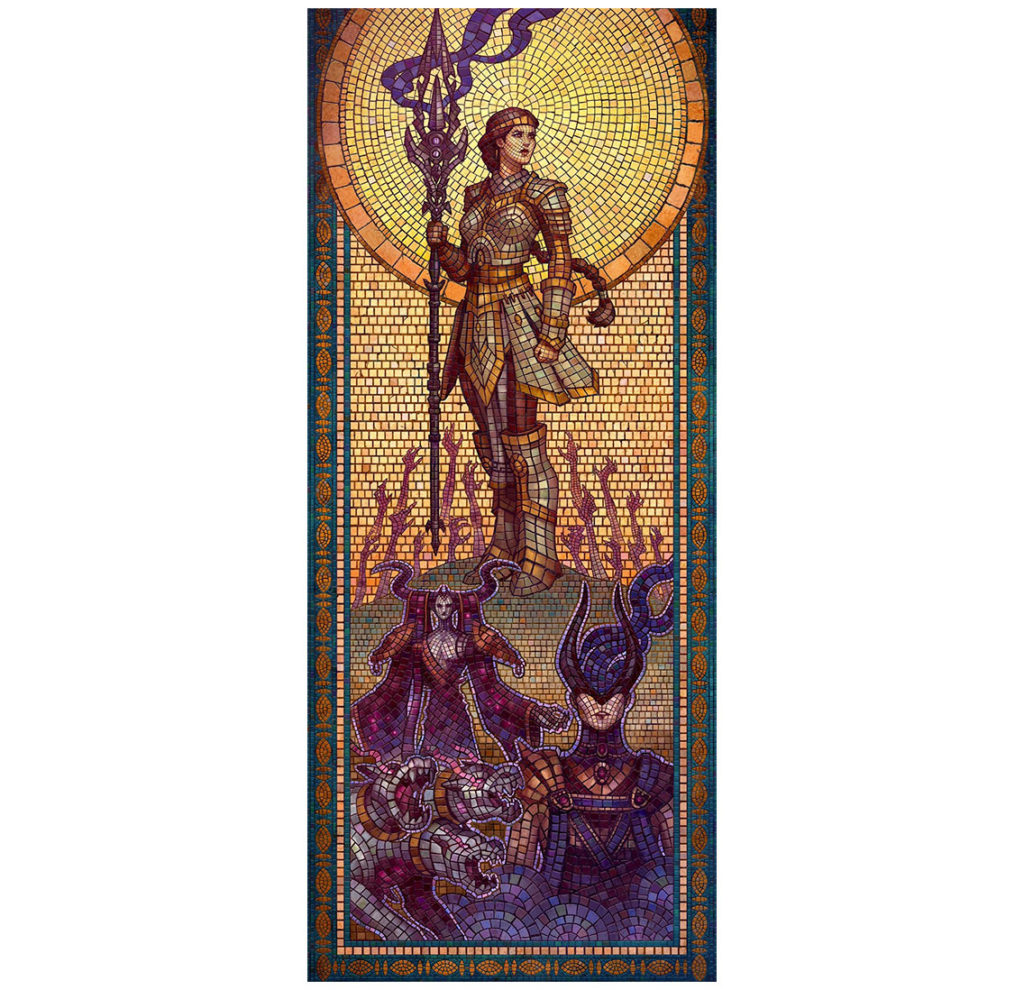
Poetry
One of the greatest impacts on Magic story, to me, is the switch away from block structure. With only one visit to a plane, the story and flavor is thrust to us on a plate, and we’re forced to rush our food before it’s time to move on. There are certain limitations to this approach; though it might work better with known planes, like Theros, I believe it ultimately does them a disservice too. Taking Theros Beyond Death as an example, the narrative was crunched into one set. Without further context, I think we were all left wondering how and why Elspeth escaped, what the journey was like, and what the motives might have been. We can, of course, find some of that information if we dig, but what we do find is essentially scraps.
If we were still in the block paradigm, Theros could easily have been two sets: the first, an escape from the Underworld, in which Elspeth must undergo trials, and in which we get to explore the analogue to Hades. Sam Burley’s basic lands do evoke this part of the plane, with their eerie chains, and I’d have loved to explore Elspeth’s journey here more. We could have added an easter egg to the set, like Underworld Breach, to indicate what would happen in the next part of the story.
When we move to a one set approach, we lose the poetry, if you like, of block design. Though in many ways the move away from blocks was done to allow for more creativity and to avoid staleness, what we’ve ended up with is a breaking of the chain.
Love or hate Star Wars, you may be familiar with George Lucas’s insistence that his narrative arcs adhere to poetry.
Part of the poetry of Magic sets was in the way blocks were delivered. As recently as the Kaladesh and Amonkhet blocks, we got to see that poetry in action. The first sets in the respective blocks were pure set up, and allowed us the joy and wonder of exploring these worlds. The Gatewatch we journeyed with were our eyes, and were similarly enraptured at times with the new fantastical environments and cultures.
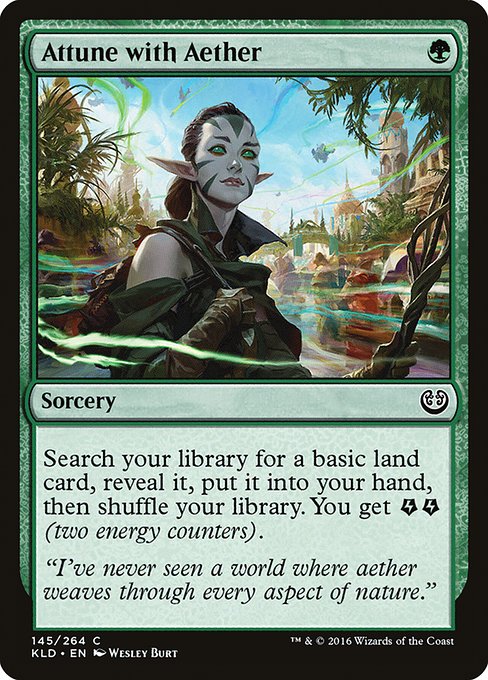
Seeds of unrest and looming conflict were sown, but we were given time to both enjoy the planes, and also to speculate how the conflict might play out. With Ikoria, I feel none of this sense of wonder. The conflict is presented to us black and white, and the deeper cultures of the plane are unknown; it’s essentially the equivalent of how Angrath must have felt planeswalking to Ravnica amidst the War of the Spark.
Though there are undeniably issues with the block structure when presenting story and narrative through trading cards, having this backbone was in many ways key to delivering an engaging, fun and satisfying story. The time between sets in a block was time to drink in the plane and speculate. Expectations were met and delivered. The story continued.
With Ikoria, I’m left feeling like I don’t really care. The conflict is superficial, abrupt, and over as soon as it starts. I wonder if being able to explore new planes before conflict is crucial to being able to enjoy them?
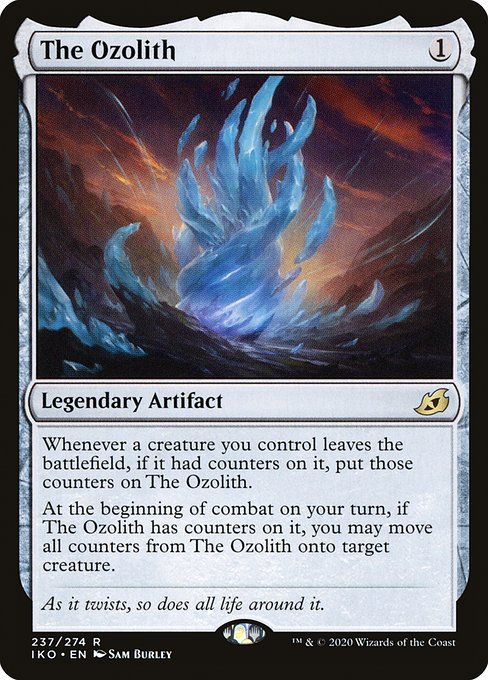
Digging deeper online, I can see people talking about The Ozolith, and interference from another Planeswalker. None of this is represented on the cards. The plot point’s absence is magnified due to the previous overuse of this kind of “smoking gun” narrative baiting to propel the overall story of Magic’s multiverse.
Vivien is barely fleshed out enough to carry a set, and her supporting cast is lacklustre. Lukka is another walking stereotype, and without any previous history with Vivien, we feel similarly detached. The Story Spotlight cards are hard to decipher, and not even mentioned in the official press release for the Story on Cards; what’s showcased on the official site feels like throwaway moments, and one of the most glaring examples of dissonance is in how Tentative Connection contradicts what takes place in the Ikoria novel, Sundered Bonds.
What’s more, some of the more iconic cultural tropes of the last few years are missing from Ikoria. There is no equipment on Ikoria, and given that equipment plays such a huge part in many Monsters vs Humans narratives from The Witcher to Monster Hunter, the fact we have no ‘tools of the trade’ feels wrong. The Witcher is a good example to draw from; Ikoria would have been a great place to explore the idea that the ‘real Monsters are the Humans’ idea, but we see no savage or base acts commited by the humans of Ikoria to suggest that. One of Magic’s strengths is its ability to draw from pop culture as well as history and myth, blending them into an iconic and still original feeling end-product. Amonkhet is a great example of this, especially given the lengths the design team went to to avoid the archaeology & mummies angle. Ikoria seems to dips its toes into the Kaiju shallows, seemingly refusing to explore the depths of pastiche it could easily achieve.
More than subsisting on the “sugar” that is the context delivered by tropes and references, we need a deeper engagement with the themes, strong characterizations, and a compelling narrative. Whilst Odyssey has drawn me in with the initial characterization of Kassandra, and the hints at a grander plot in store, the world will only be fulfilling as long as that thread is carried through satisfactorily. When it comes to Magic, this follow through is something I feel can only be achieved with more than one set to explore a story.
Filling Up On Carbs
Speaking of which, the old adage ‘don’t fill up on carbs at the buffet’ is increasingly relevant. The sheer volume of Legendary Creatures we’re given to digest each set is beginning to grow tiresome. The locus of this is undeniably the Commander format, but ultimately it’s diluting the enjoyment from a narrative perspective. Countless heroes, villains, or creatures of note fail to appear in the narrative, and we’re left to speculate as to why they deserve a card.

The Companions in Ikoria are an egregious example of this. While the question of “who” they will choose to bond with is answered in the most trite of ways—clue: it’s you—their legacy and import as creatures of renown is left untold. What makes them want to bond with humans? Who discovered them? Questions that will forever remain unanswered, to be sure. Perhaps in a two-block set, we could have had bonders and companions in the first, exploring the culture of Ikoria, and mutations in the latter set, exploring the impact the “meddler” has had. We’ll never know, but when a set falls this flat, it’s hard not to speculate.
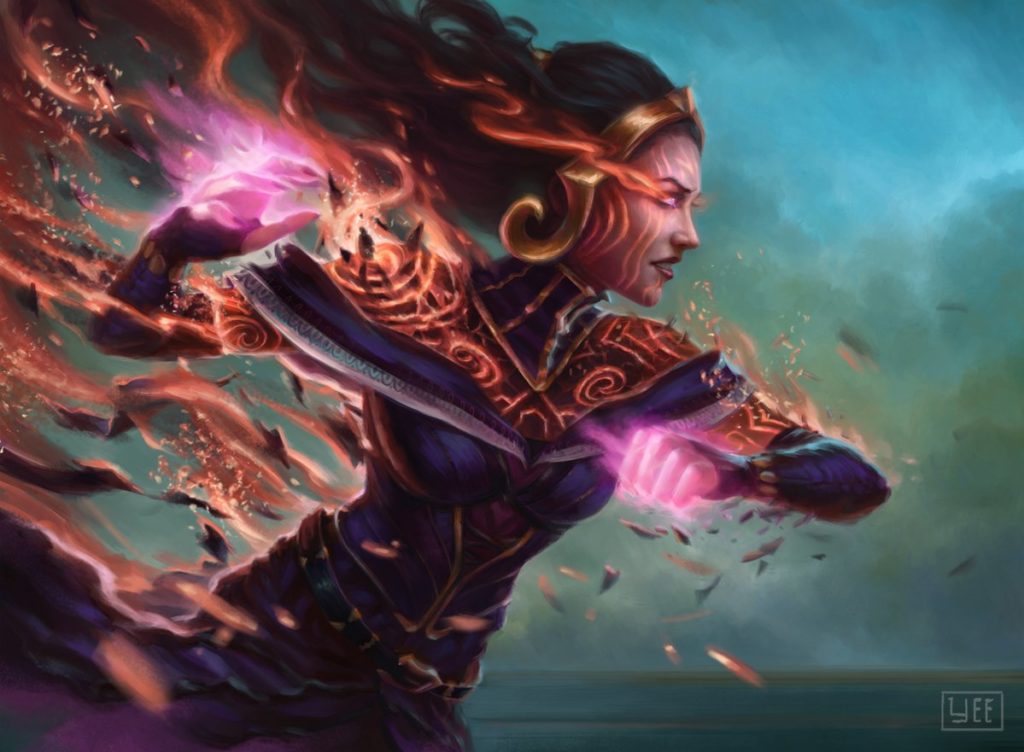
Losing the Thread
The thread was lost a way before we got to Ikoria. The closure of the War of the Spark was perhaps one of the most unsatisfying climaxes of 2019; it marked the end, in many ways, of how we experienced the ongoing story. This was evident before the Ravnica arc, with the dropping of the online story after the Dominaria episode, but the poor handling of tying up a plot years in the making was what really marked a decline in quality.
Despite some enjoyable excursions, like the hit The Wildered Quest by Kate Elliott, the story has had more misses than hits. One of the things that drew me into Magic was the narrative and the world building; I jumped on board with Shadows over Innistrad, and voraciously devoured anything I could find that would give me more to go on with the mystery of the Eldrazi. Though some might look back on the delivery being hamfisted, it was undeniably fun. As much as I love Commander and Limited, I’m also a true Vorthos. The worldbuilding of Magic Story is what drew me in, and it’s also what’s leaving me feeling deflated right now.
I live for the emergent narrative that we see on cards like Mad Prophet and Enlightened Maniac, the before-and-after of the Amonkhet & Hour of Devastation full art lands, and the easter eggs in cards like Expropriate; even simply spotting a stray Fblthp. Ikoria feels like a departure from many of the narrative mainstays that keep people invested in Magic Story, and is really just part of a growing trend leaving people feeling Totally Lost. Many criticized the Hobbit trilogy for stretching too little material over three films. Magic Story seems to have the opposite problem right now, and it’s suffering for it. The success of a narrative rests on more than just tropes and context, and Ikoria barely scratches the surface. I’m not asking for an Odyssey, but we deserve better.
Based in the UK, Kristen is a lover of both Limited and Commander, and can most often be found championing the Boros Legion when called upon to sit down and shuffle up.
Correction: an earlier version of this article stated Story Spotlights were absent. They are present, but without the previous watermark, and the search to find them brings up a Wizards article that doesn’t mention them explicitly.


